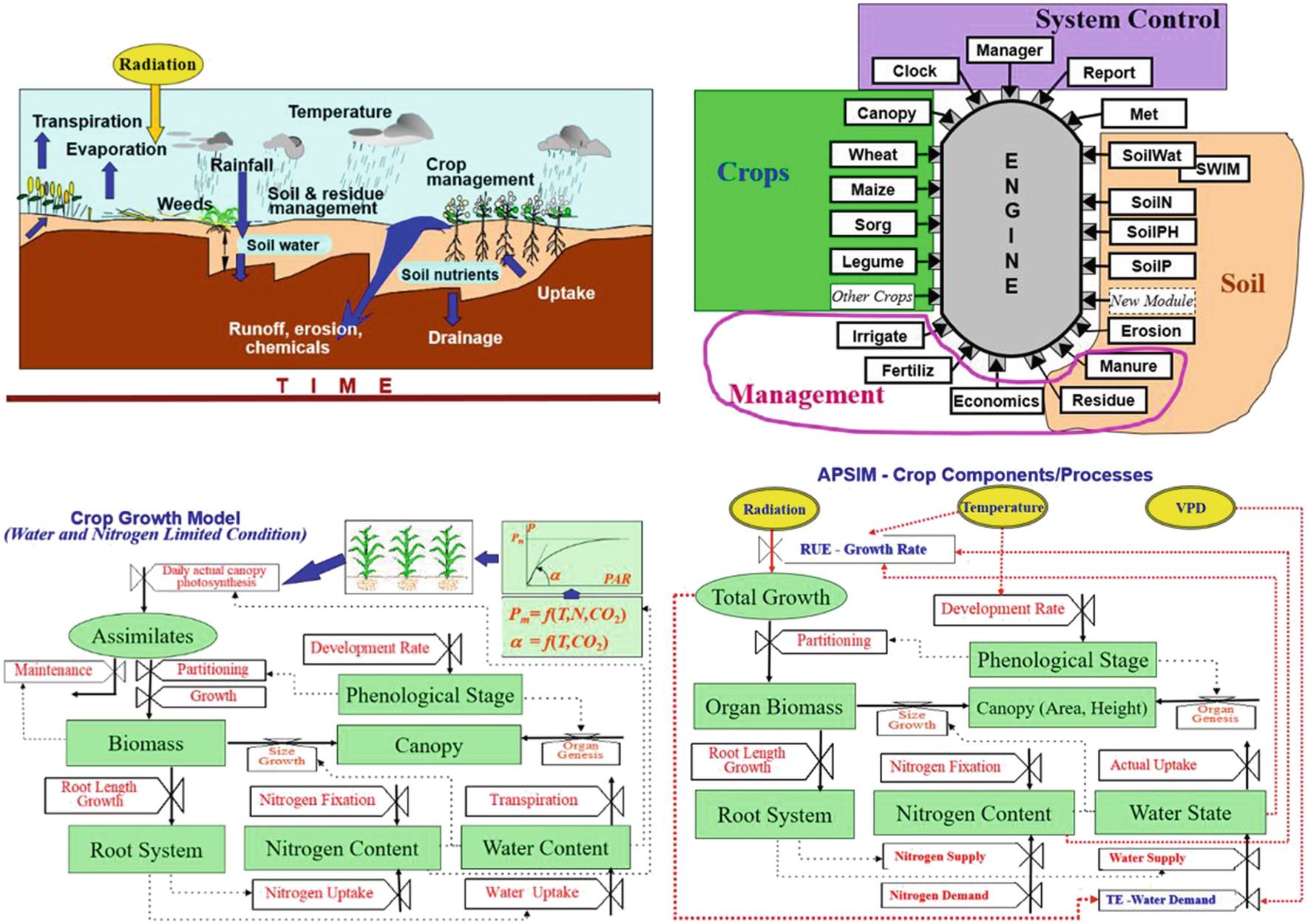
Simulation models are increasingly used to simulate the intricacies of complex systems, integrating the partial findings of multiple studies into a single platform to improve our understanding of the system as a whole ( Shaw et al., 2013). The primary plant response to flooding is a reduction in nitrogen (N) uptake: directly caused by hypoxia reducing plant N fixation and indirectly by excess water increasing NO 3 leaching and denitrification ( Bacanamwo and Purcell, 1999a). Increases in the length of flooding escalate the intensity of these plant responses ( Kaur et al., 2017a). Soybeans have been generally found to be most susceptible to flood damage during early reproductive stages. The extent of the plant response to and/or resulting yield loss from excessive moisture is dependent on the timing and duration of the flooding event as well as cultivar susceptibility. As a result, these models do not capture the potential impact climate change induced-flooding events or excess water may have on future yields ( Li et al., 2019). Today's crop production models used for climate change assessment do not accurately account for excessive moisture ( Shaw et al., 2013 Lobell and Asseng, 2017 Ebrahimi-Mollabashi et al., 2019). With the onset of climate change, escalations in the frequency of intense rainfall events are expected to increase the prevalence of waterlogged soils and, thus, potential economic and environmental losses ( Villarini and Strong, 2014 Mallakpour and Villarini, 2015 Pathak et al., 2016). Globally, 27% of cultivated land is impacted by flooding, resulting in over $371 billion of economic losses to crop production ( Dilley et al., 2005 Zhou, 2010 Ward et al., 2013 Dold et al., 2017 Kaur et al., 2017a). It is crucial to enhance models' ability to estimate the impact of soil waterlogging on plant processes. These developments advance our ability to understand, predict and, thereby, mitigate yield loss as increases in climatic volatility lead to more frequent and intense flooding events in the future. When used to project soybean response to future climate scenarios, the model showed that intense rain events had a greater negative effect on yield than a 25% increase in rainfall distributed over 1 or 3 month(s).

Extensive model testing found that the improved model accurately simulates plant responses to flooding including how these responses change with flood timing and duration.


The relative root mean square error (RRMSE) for yield predictions improved by 26% and the RRMSE predictions of biomass improved by 40%. Improvements in prediction accuracy were quantified by comparing model performance before and after the implementation of new stage-dependent excess water functions for phenology, photosynthesis and N-fixation.

Five datasets were used for model parameterization of new functions and three datasets were used for testing. that investigated the impact of flood timing and duration on soybean. Literature data included greenhouse and field experiments from across the U.S.
Apsim biomass sensitivity phenology software#
In light of this, we synthesized literature data and used the APSIM software to enhance the modeling capacity to simulate plant growth, development, and N fixation response to flooding. Despite the detrimental impact that excess moisture can have on soybean ( Glycine max Merr) yields, most of today's crop models do not capture soybean's dynamic responses to waterlogged conditions.


 0 kommentar(er)
0 kommentar(er)
